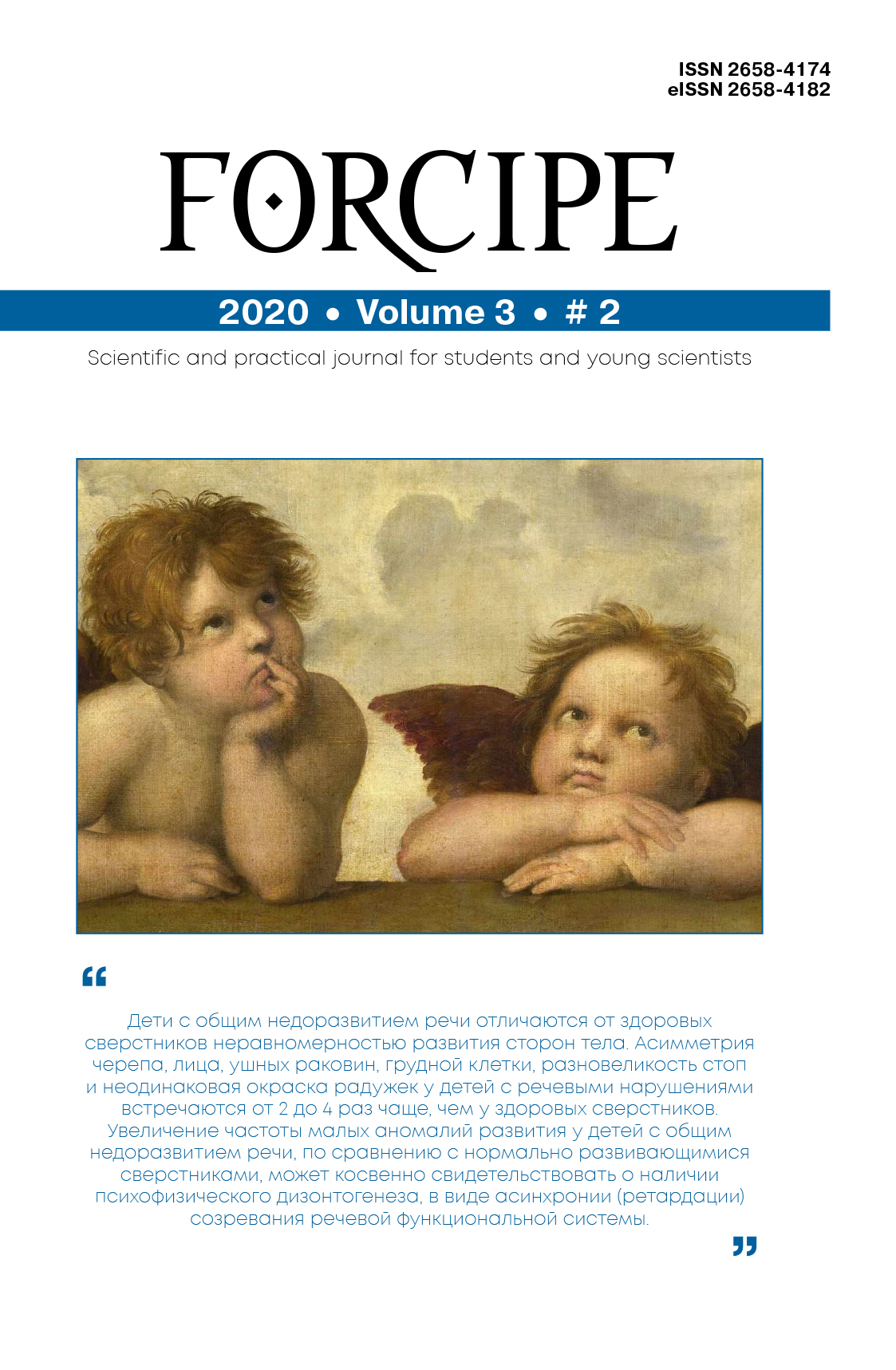Definition of a somatic portrait of adolescents as one of the methods of constitutional anatomy
Abstract
Anthropometric indicators and somatotype make it possible to comprehensively assess the morphotypological status in the study group, and the totality of characteristics can be defined as a “somatic portrait” of healthy adolescents or in any pathological condition. Purpose: Define a somatic portrait of adolescents with autonomic dysfunction syndrome (ADS). Materials and Methods. 234 sound adolescents and 165 adolescents with ADS of vagotonic, mixed, and sympathicotonic types have been examined. The study consisted of somatometry (body length and weight), bioimpedansometry (fat mass and skeletal muscle mass), calculation of body mass index (Quetelet), determination of somatic type (method of R.N. Dorokhov, V.G. Petrukhin, 1989) and statistical analysis of data. Results. It was established that in the group of adolescents with the vagotonic type, faces of the microsomal and micromesosomal types with low values of anthropometric indicators and body components are more common among all groups of examined adolescents. In the group of mixed type adolescents, mesosomal type faces prevail, in which the values of anthropometric indicators, fat mass and skeletal muscle mass occupy an intermediate value between the groups of the vagotonic and sympathicotonic type of ADS. In adolescents with the sympathicotonic type, the mesomacrosomal and macrosomal types were more often determined, confirmed by high values of anthropometric indicators and bioimpedance data. Using a combination of methods, such as anthropometry, somatotyping and bioimpedansometry, allowed us to give a complex morphotypological characterization of groups of adolescents and to determine the «somatic portrait» of adolescents with ADS. The obtained data formed the basis of the algorithm for identifying the risk of developing ADS in adolescents.



